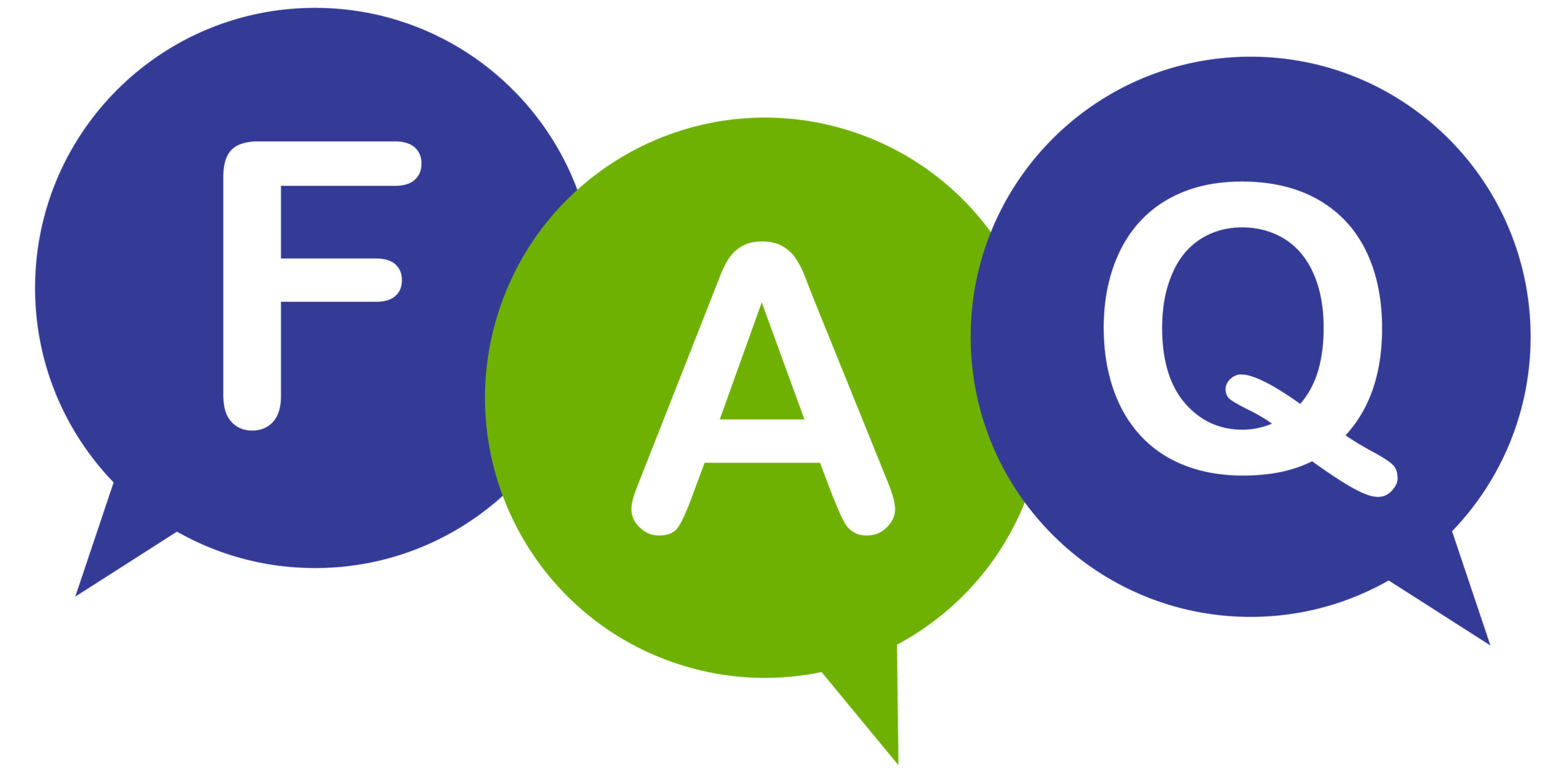1. What is a Laneway House, and how many have been built in Toronto?
A Laneway house is a small dwelling built at the back lane of a residential lot. Laneway houses cannot be strata titled and they cannot be severed from the main property. The primary uses for laneway houses are either as a rental property or for family use, or even a combination of the two.
Laneway houses built under new streamlined regulations in Toronto have only been permitted since 2018. As of the last update – in June of 2020 – City Hall says there have been over 80 construction permits issued and more than 300 other applications are in some stage of processing.
2. What is my income opportunity?
Laneway housing is an excellent opportunity for a homeowner to create additional rental income. If the construction is financed with a loan on your primary residence and you rent out the laneway house, you can qualify for tax deduction on the mortgage interest from your loan.
Depending on the size, make up, and neighbourhood location of your laneway house it’s reasonable to expect rent in the neighbourhood of $2,500 to $3,900 – or more – per month.
3. Will a laneway house increase the value of my home?
Your laneway house benefits you by generating good rental income which makes your home more desirable to home buyers. Naturally, it will add value to your property and make it more valuable. Besides the rental income that you receive, when you sell your home, the interest of other buyers for your property will be much greater than homes without a laneway house.
4. What is the benefit of having a laneway house?
When your laneway house is financed by a loan, you are able to deduct the interest on your loan if your unit is rented out. But, you have to report your rental income if you are claiming the interest deduction on your loan. You will not enjoy this benefit if your laneway home is occupied by your family member(s) when no rent is payable to you.
Most home owners use the extra rental income to accelerate paying down their mortgage, pay tuition fees for their college kids, invest the extra money for retirement, improve cash-flow to enjoy a better lifestyle etc.
Your investment in a laneway house will also benefit you over the long term when you sell your home. You can expect to get a higher price for your home as buyers are willing to pay more for your home than another home without a laneway house.
5. If I get a loan to finance my laneway house, what will be my net income after deducting my expenses?
Generally, rental income from laneway housing produces a net positive cash-flow to a home owner.
You will find that you can enjoy a healthy net income even after your mortgage payment. There are other costs besides one time design and construction, the increase in property tax will be small relative to the income from rent.
6. What are my financing options?
There are Canadian banks and credit unions that are willing to lend to homeowners who are planning to build their laneway houses.
7. Will adding a laneway house to my property increase my property taxes?
Yes, when you are adding a laneway house, you are making improvements to your property. It will increase the value of your house, and your property tax bill will increase as a result. You can contact the city to find out how much more tax you will be paying when you add a laneway house to it.
9. What is the cost to build a laneway house?
This depends on many variables; as the construction cost is directly linked to the size of your laneway house, and the complexity of the build. Prices can be as low as $300,000 and go up from there. Qualified property owners will be able to finance 100% of this build cost.
10. Can my laneway house have a garage or parking area?
YES, if the existing property is of a suitable size, parking for up to two vehicles – in a garage or outdoors and covered – might be possible. Options will depend on lot size and laneway house size and configuration.
Financing / cashflow example
Here we’ll look at a $500,000 laneway house. Typically, that could yield about a 1,000 to 1,300 square foot, 2 or 3 bedroom house.
| UNIT COST | $500,000 |
| GST | $36,283 |
| SUBTOTAL > > | $536,283 |
| INCOME | |
| Rental income per month | $3,250 |
| ANNUAL Gross Rent | $39,000 |
| EXPENSES | |
| Maintenance | $1,200 |
| Vacancy (3%) | $1,170 |
| Utilities – water and garbage | $1,000 |
| Insurance | $2,000 |
| Property Taxes | $1,500 |
| Mortgage financing > $536,283 at 3% | $30,456 |
| TOTAL ANNUAL EXPENSES | $37,326 |
| ANNUAL CASHFLOW | $1,674 |
| MONTHLY CASHFLOW | $139.50 |
| PLUS – increasing equity / property value |


